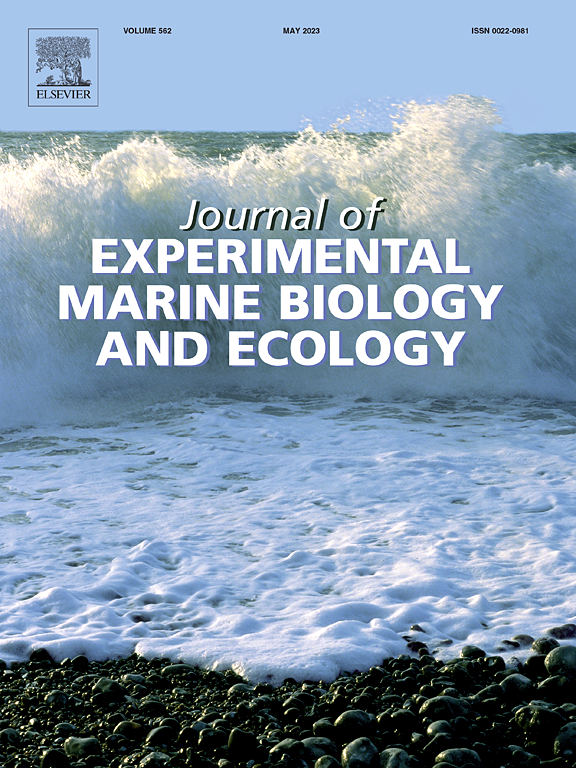Brisneve Edullantes ab, Etienne Low-Decarie a1, Michael Steinke a, Tom Cameron a

Abstract
Understanding the effect of temperature on growth in marine phytoplankton is crucial in predicting the biogeography and phenology of algal blooms in the warming ocean. Here, we investigated the temperature dependence of the growth of non-toxic and potentially toxic marine phytoplankton. Using non-toxic strains (Prorocentrum sp. NRR 188, Prorocentrum micans CCAP 1136/15, and Alexandrium tamutum PARALEX 242) and potentially toxic strains (Prorocentrum minimum Poulet, Prorocentrum lima CCAP 1136/11, and Alexandrium minutum PARALEX 246) of dinoflagellates as test organisms, we measured their growth rates along a wide temperature gradient and estimated their maximum growth rates, thermal traits (e.g. thermal optima (Topt), critical thermal minima (CTmin), critical thermal maximum (CTmax), fundamental thermal niche (FTN), and skewness), thermal sensitivity, and warming vulnerability. To allow a comparison of these traits with an adequate number of observations, we independently analyzed datasets compiled from published laboratory experiments. Our experiments revealed that the temperature traits were independent of the toxicity of phytoplankton, except for Topt and CTmax. Also, the results of the analysis of the published datasets showed that maximum growth rates and thermal traits were comparable between non-toxic and potentially toxic phytoplankton. Our findings suggest that non-toxic and potentially toxic phytoplankton have generally comparable temperature traits that they can use to respond to climate change. However, depending on the climate scenario, non-toxic phytoplankton may be more vulnerable to warming than potentially toxic phytoplankton. Further studies are needed to improve our understanding of the response of marine phytoplankton to temperature, which can advance our ability to predict algal blooms in response to ongoing climate change.
Link to the Article